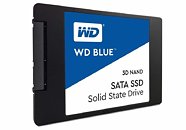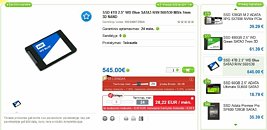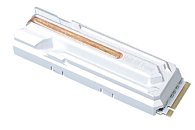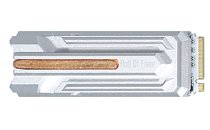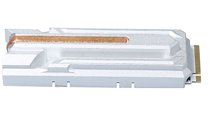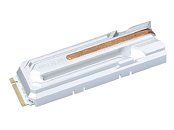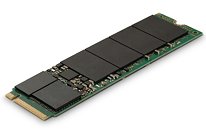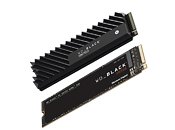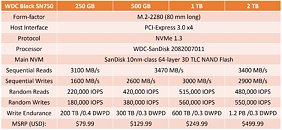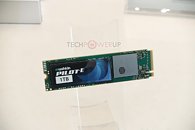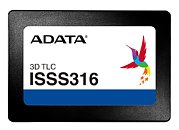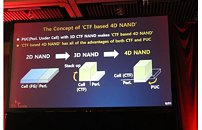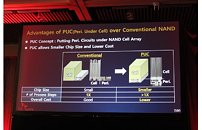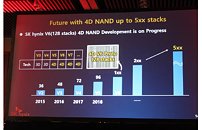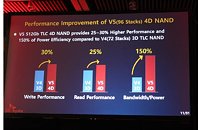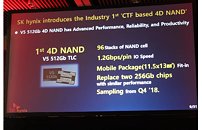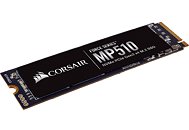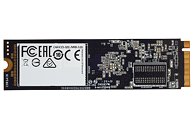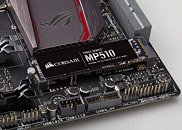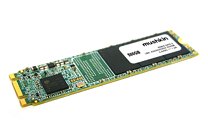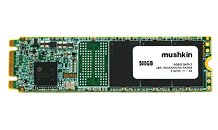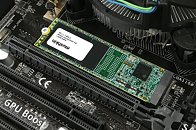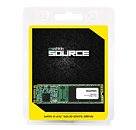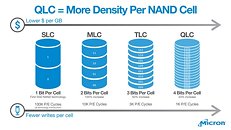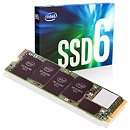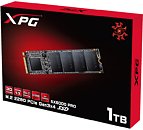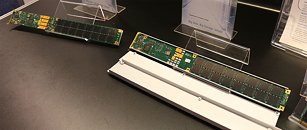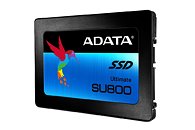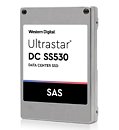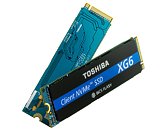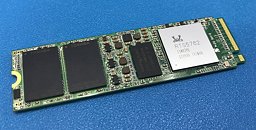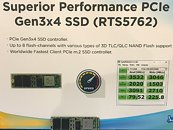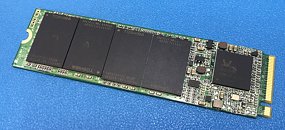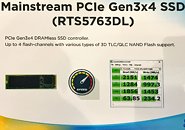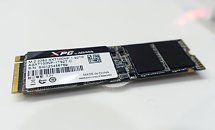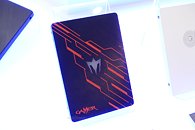
Western Digital Launches 4 TB Version of its Blue SATA SSD
Western Digital is launching a behemoth, consumer-oriented 4 TB SSD based on its WD Blue product line. The WD Blue 4 TB uses the SATA interface (for which controllers are still slightly cheaper than for NVMe solutions) with a Marvell 88SS1074 4-channel controller with a 64-layer 3D TLC NAND from SanDisk. Read and write speeds are basically SATA III-bound (sequential 560MB/s read and 530MB/s write speeds, with random 4K read/write of 95K/82K IOPS.)
The WD Blue 4TB SATA SSD has its official availability date on May 13th, but it's already popping up here and there around retailers' shops in Europe. The 4 TB SSD is being priced at €545, which seems to be inline with expectations for such a capacity level. Quick napkin math saying that these should find a home at the sub-$500 level is very likely accurate, considering past pricing practices from manufacturers between the European and US markets.
The WD Blue 4TB SATA SSD has its official availability date on May 13th, but it's already popping up here and there around retailers' shops in Europe. The 4 TB SSD is being priced at €545, which seems to be inline with expectations for such a capacity level. Quick napkin math saying that these should find a home at the sub-$500 level is very likely accurate, considering past pricing practices from manufacturers between the European and US markets.
